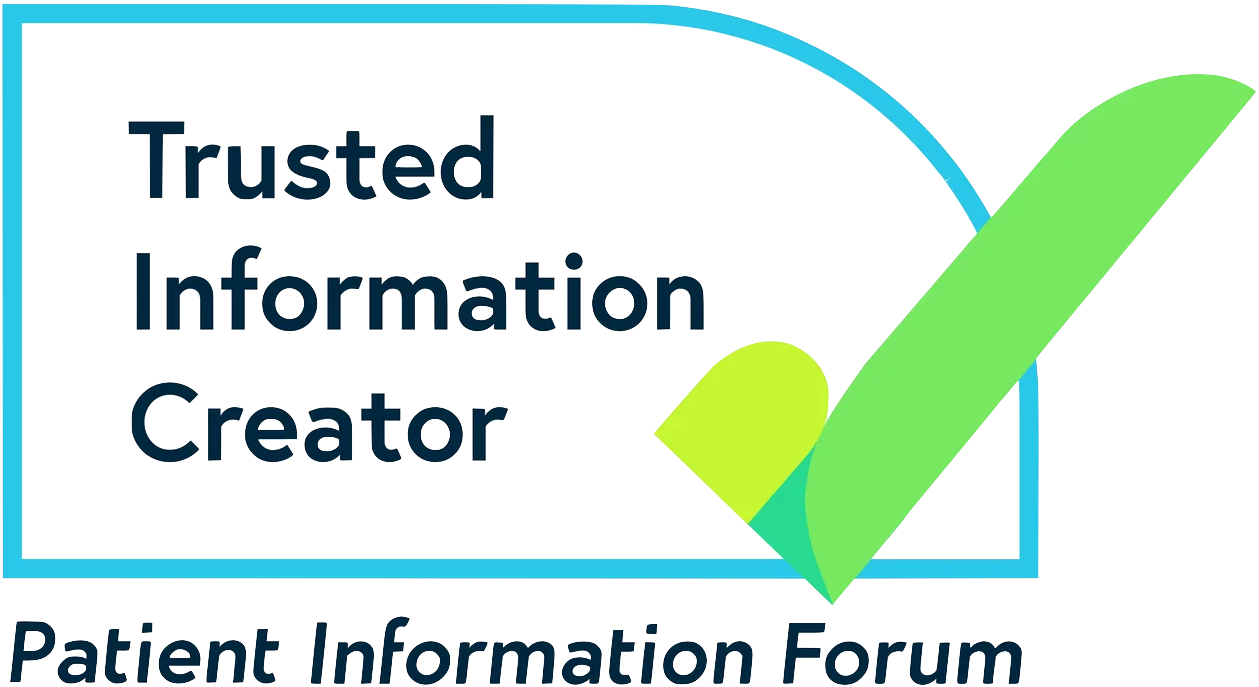Find out more about seizures
What are epileptic seizures?
Epilepsy is a condition that affects the brain and causes frequent seizures. Electrical activity is happening in our brains all the time, as networks of tiny brain cells send messages to each other.
These messages control all our thoughts, movements, senses and body functions. A seizure happens when there is a sudden, intense burst of electrical activity in the brain. This causes the messages between cells to get mixed up. The result is an epileptic seizure.
How a seizure affects you depends on what area of the brain is involved in this intense electrical activity. You might lose consciousness, or you might stay aware of what’s happening around you. You might have strange sensations, or movements you can’t control. Or you might go stiff, fall to the floor and shake.
Some people only have one type of seizure, and some people have more than one type.
Here we explain some of the most common seizure types. We have more information about how epileptic seizures are diagnosed and treated.
How do we describe different types of seizure?
The International League Against Epilepsy is a world-wide organisation of epilepsy professionals. In 2017 they published a paper describing different types of epileptic seizures (a classification system). They updated the words that medical professionals do and don’t use when describing types of seizures. We use the same words here.
Seizure onset
The largest part of the brain is called the cerebrum, and this is divided into two halves, called hemispheres. Epileptic seizures can start in one side (hemisphere), or affect both sides of the brain from the start. Where a seizure starts is known as the seizure onset.
Focal seizures (also called focal onset seizures) start in one side of the brain. Sometimes, a focal seizure can start in one side and then spread to involve both sides of the brain.
Generalised seizures (also called generalised onset seizures) affect both sides of the brain from the start.
Some people experience an ‘aura’ before their seizure starts. This can act like a warning and could include particular thoughts, feelings or sensations. Auras can happen on their own or they can progress to a different type of seizure.
Some people have seizures while they are asleep – you can read more about sleep seizures here.
Types of seizure
-
Focal seizures
When an epileptic seizure starts in one side of the brain, it’s called a focal onset seizure or a focal seizure. Both terms mean the same thing. These used to be called partial seizures but we no longer use this term.
-
Tonic-clonic seizures
Tonic-clonic seizures are the type of epileptic seizure most people recognise. In the past they were called grand-mal seizures.
Tonic-clonic seizures can have a generalised onset, meaning they affect both sides of the brain from the start. When this happens, the seizure is called a generalised tonic-clonic or bilateral convulsive seizure.
Some seizures start in one side of the brain and then spread to affect both sides. When this happens it’s called a focal to bilateral tonic-clonic seizure.
-
Absence seizures
Absence seizures are a type of generalised onset seizure, meaning both sides of your brain are affected from the start. In the past, absence seizures were called petit-mal seizures.
The two most common types of absence seizure are typical and atypical.
Find out more about absence seizures
-
Myoclonic seizures
Myoclonic seizures can be generalised onset, meaning both sides of the brain are affected from the start, or they can be focal onset, meaning just one side is affected.
Find out more about myoclonic seizures
-
Tonic seizures
Tonic seizures can be generalised onset, meaning they affect both sides of the brain from the start. Or they can be focal onset, meaning they start in just one side of the brain.
Find out more about tonic seizures
-
Atonic seizures
Atonic seizures can be generalised onset, meaning they affect both sides of the brain from the start. Or they can be focal onset, meaning they start in just one side of the brain. Atonic seizures are sometimes called drop attacks.
Non-epileptic seizures
-
Febrile seizures
Febrile seizures are seizures that are triggered by a high temperature. They happen to around 3 or 4 out of every 100 children under the age of 6.
-
Dissociative seizures
Dissociative seizures are often mistaken for epilepsy, but they’re not caused by electrical activity in the brain.
Status epilepticus
Most people with epilepsy have seizures that last a short time and stop by themselves. But sometimes a seizure can last too long and become status epilepticus. Status epilepticus happens when a seizure doesn’t stop in the usual time, or when someone has seizures one after another without recovering in between.
Status epilepticus can happen with any type of seizure, but convulsive (tonic-clonic) status epilepticus is the most dangerous. Convulsive status epilepticus is when a tonic-clonic seizure lasts for five minutes or longer, or when one tonic-clonic seizure follows another without regaining consciousness in between. Convulsive status epilepticus is always a medical emergency.
Epilepsy Action has more information about status epilepticus and emergency treatment on our website.
Got any questions?
Our expert advisors can help you with any questions you might have about seizures or anything else related to living with epilepsy.



